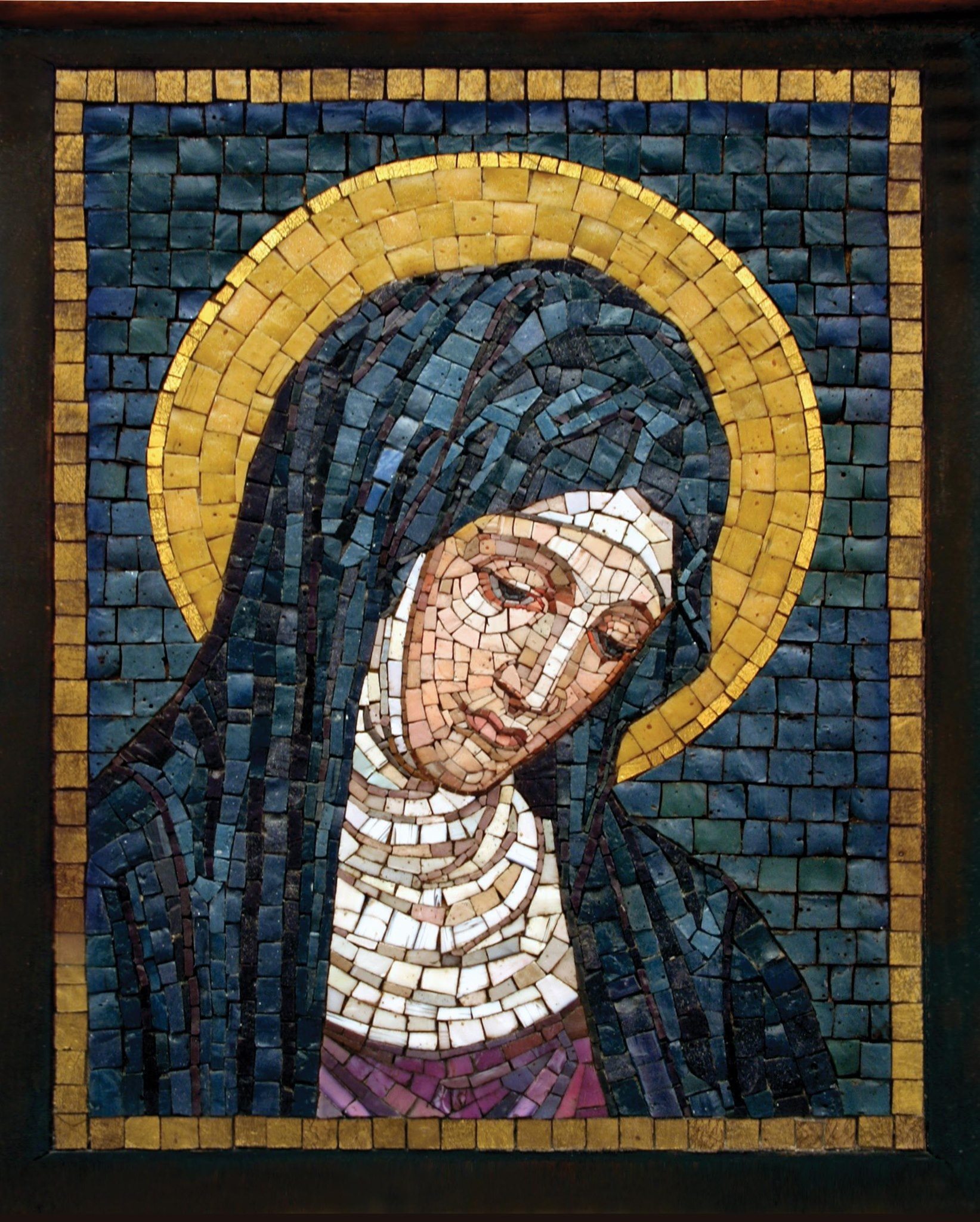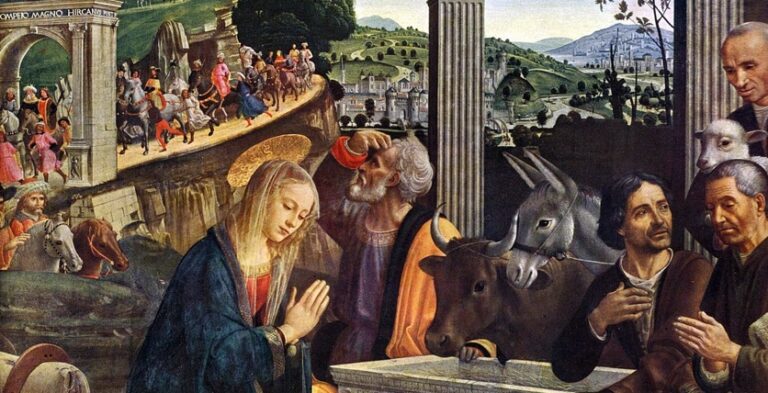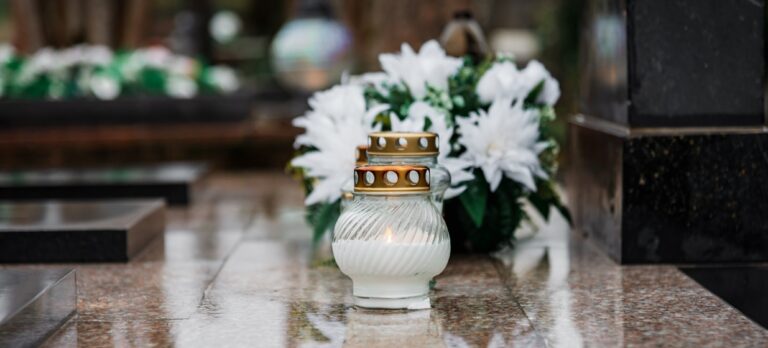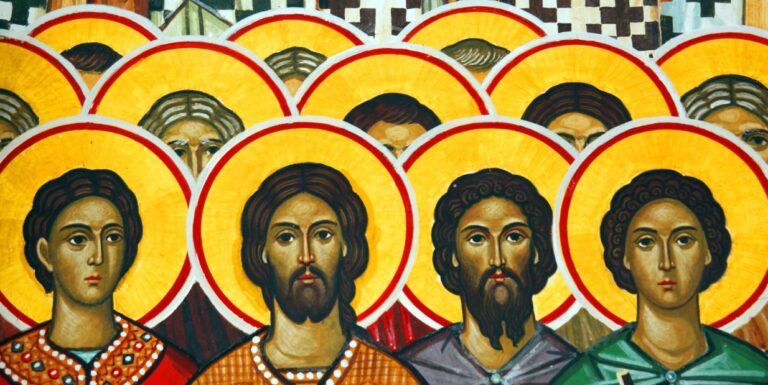
OUR LADY OF SORROWS
Today’s culture has begun to realize that recent decades of overzealous positivity have led to unsustainable expectations for happiness and success, often with dire consequences. The mantra in this burgeoning awareness of mental health is: “it’s okay not to be okay.” In this piece for the Memorial of Our Lady of Sorrows I am writing on the 20th anniversary of the terrorist attacks of 9/11, amidst the coronavirus pandemic. So much loss and so much sorrow to be held in tension with whatever silver linings we resilient humans find in these clouded times.
Our Catholic sacramental tradition has a liturgical response for moments of loss and sorrow on singular occasions of death, serious illness or public tragedy. The sacrament of reconciliation responds to the continuous process of repentance and forgiveness but tends to be an individual experience despite its communal context. Even before the restrictions placed upon gathering for religious services, I had been wondering how we, as the Body of Christ, can ritually support a fuller scope of losses suffered by our sisters and brothers. Grief that doesn’t fit neatly into the frame of the funeral rites, anointing of the sick, celebration of reconciliation can be profoundly alienating when not shared in community. By contrast, our sacramental tradition is meant to convey divine love, and evangelize! How can the Christian liturgy welcome and attend to those suffering from the disappointment and grief that accompanies any number of other losses such as miscarriage and barrenness, divorce and heartbreak, unemployment and rejection, retirement, empty nest, or a move to assisted living, climate change, shattered dreams and failure?
This Memorial of Our Lady of Sorrows serves as a liturgical reminder that sorrow and grief are part of the human condition and a necessary complement to the joy of the resurrection. In the Gospels we find Simeon’s prediction that a sword would pierce Mary’s soul (Luke 2:35) and witness the touching words from Jesus to Mary and the beloved disciple as he hung crucified (John 19:26-27). The 13th century hymn, Stabat Mater Dolorosa, is an optional sequence for this celebration. The text provides us with an extended meditation that validates loss. The first few stanzas name and recognize Mary’s sorrow as if to say, “I see you.”
At the cross her station keeping,
Stood the mournful Mother weeping,
Close to Jesus to the last.
. . .
Oh, how sad and sore distressed
Was that Mother highly blessed
Of the sole begotten One!
Then the writer normalizes empathy by asking who would not shed tears upon seeing such sorrow?
Is there one who would not weep,
Whelmed in miseries so deep,
Christ’s dear Mother to behold?
Can the human heart refrain
From partaking in her pain,
In that mother’s pain untold?
Next, the hymn becomes a prayer imploring the Blessed Mother to give us a share in her pain born from love for her Son.
O sweet Mother! font of love,
Touch my spirit from above,
Make my heart with yours accord.
Make me feel as you have felt;
Make my soul to glow and melt
With the love of Christ, my Lord.
At last, the hymn demonstrates that by emulating the Sorrowful Mother in human grief over Christ’s suffering and death, we also share in Jesus’ divinity through the resurrection. This commemoration demonstrates that not only is it “okay to not be okay,” but it is also our duty and our salvation to rally around the suffering members of our community. The liturgical tradition does not have a ready ceremony for every scenario of loss but it does offer a rich ritual repertoire from which we can draw inspiration and hope. Over the coming months I aim to explore with you here on this blog how we can ritually recognize, hold, and welcome the grief of those among us.
Simone Brosig is an educator, author and liturgy consultant with a PhD in Medieval Studies and a MA in Pastoral Liturgy from the University of Notre Dame. She writes and teaches about living the liturgy. Simone is a near-native Calgarian who enjoys spending her free time “forest bathing” in the Rockies and learning languages. Simone’s new book, Holy Labours: A Spiritual Calendar of Everyday Work, can be found and purchased here.



